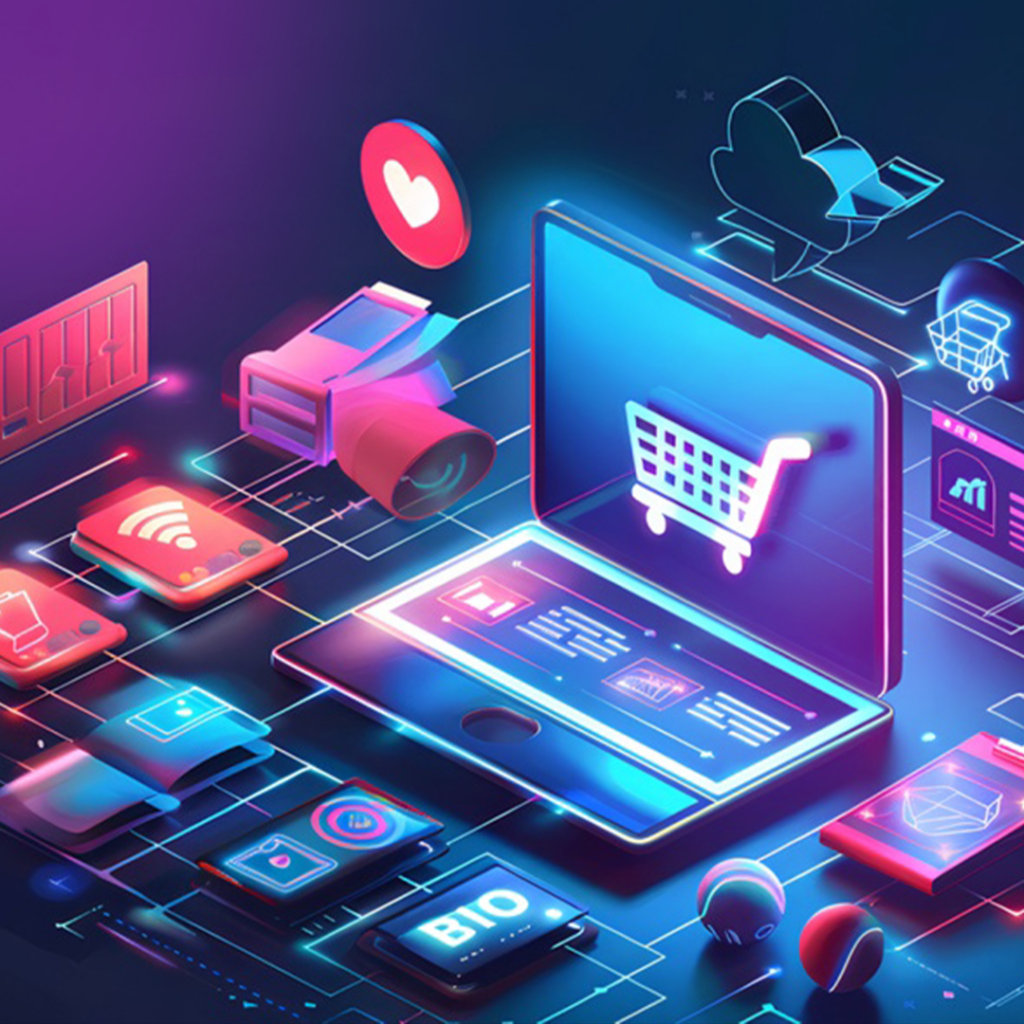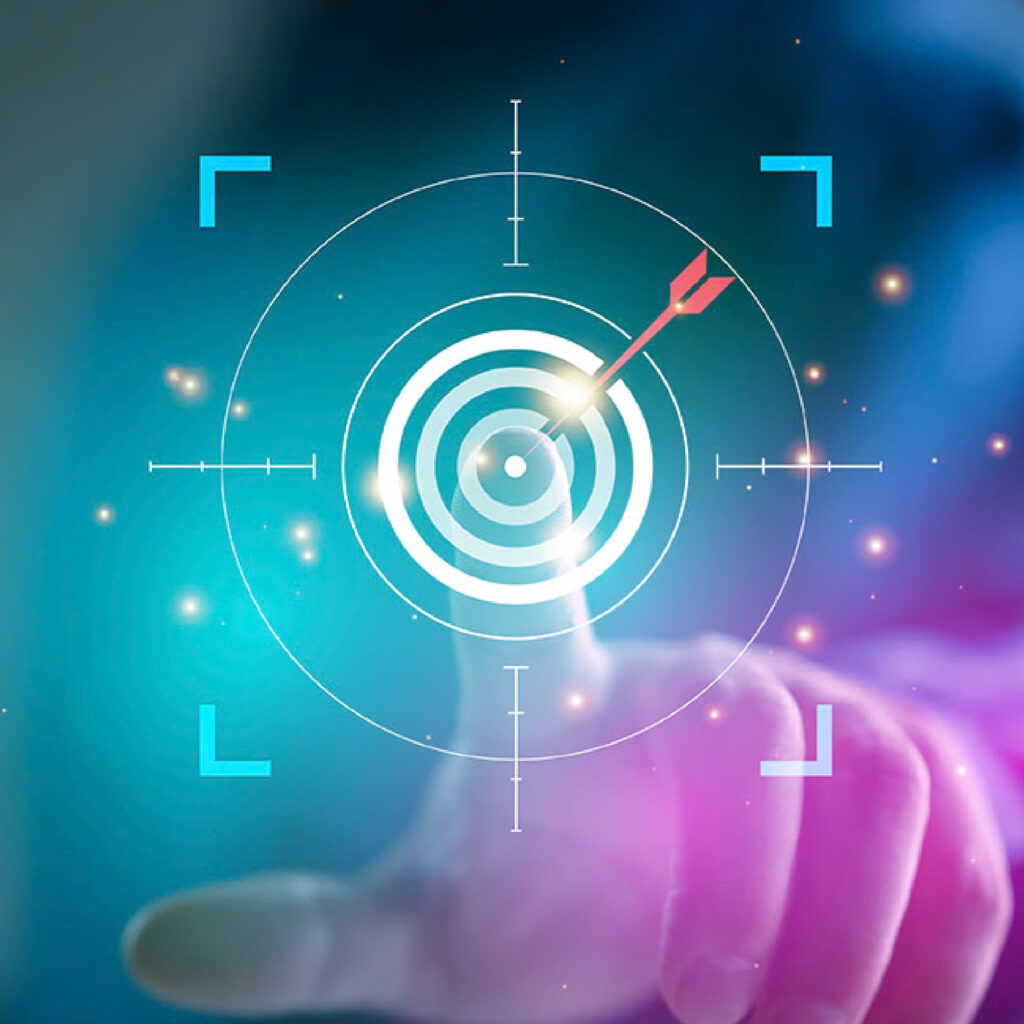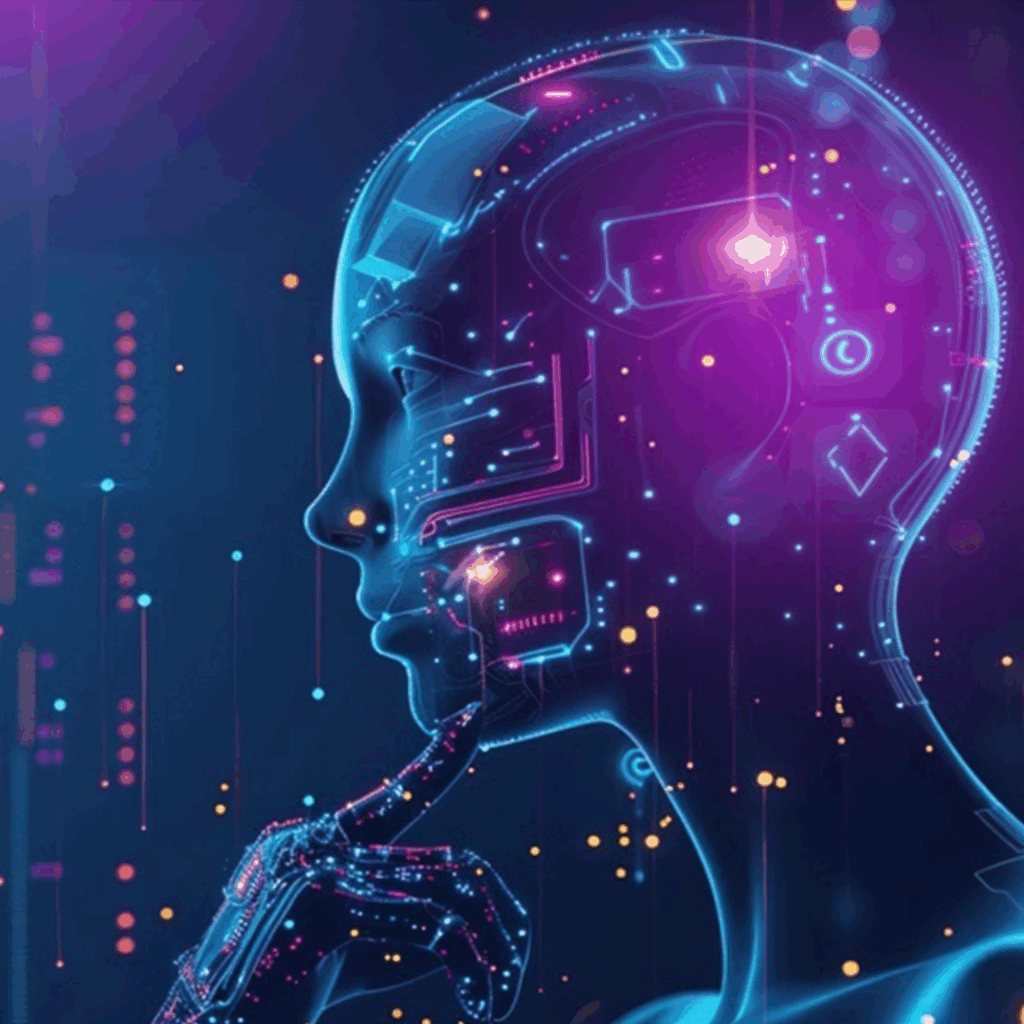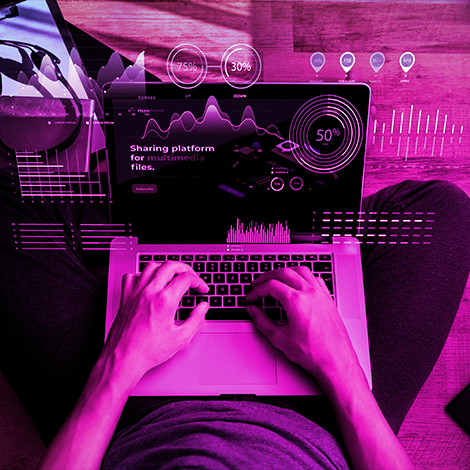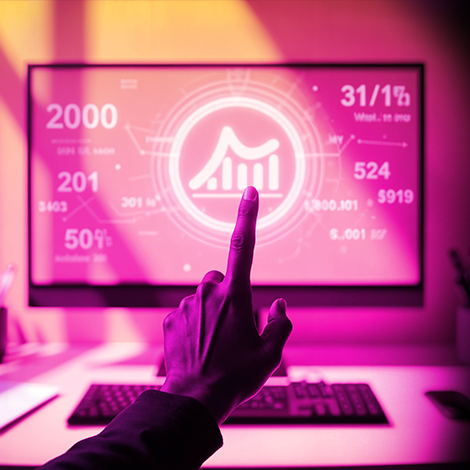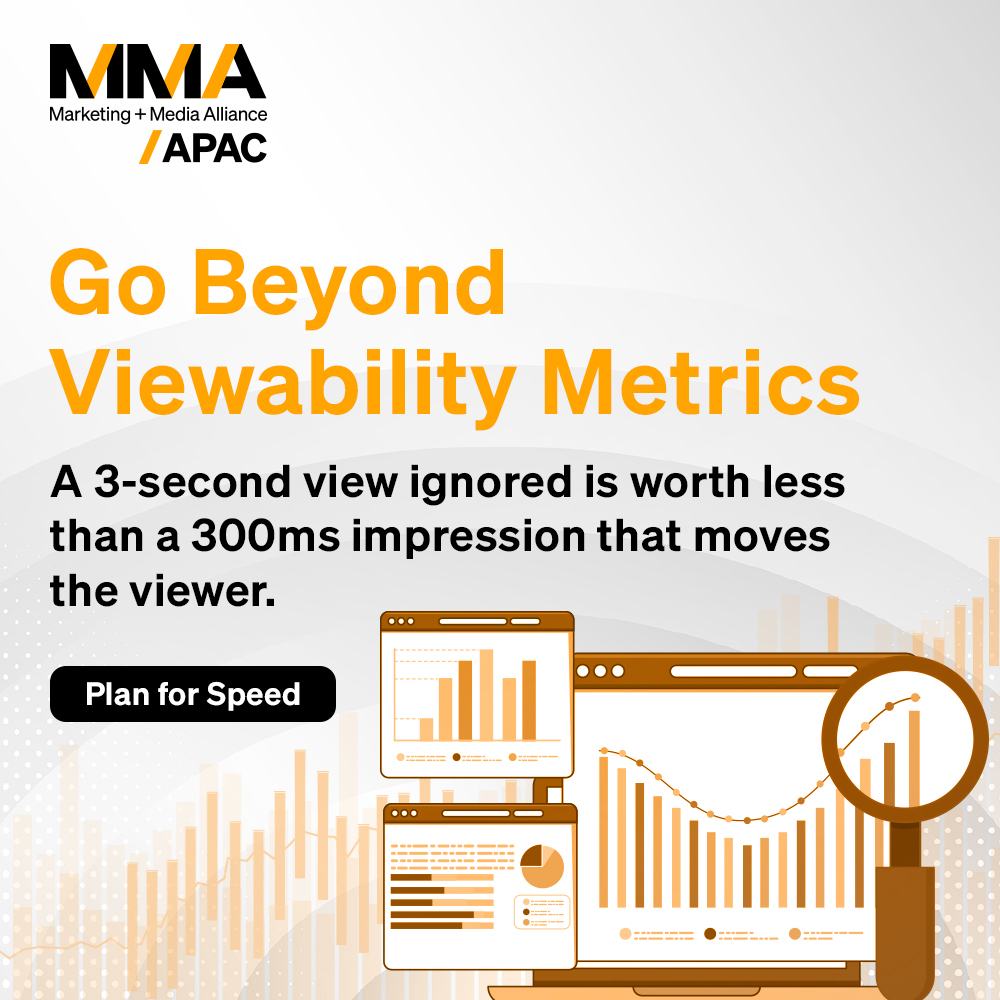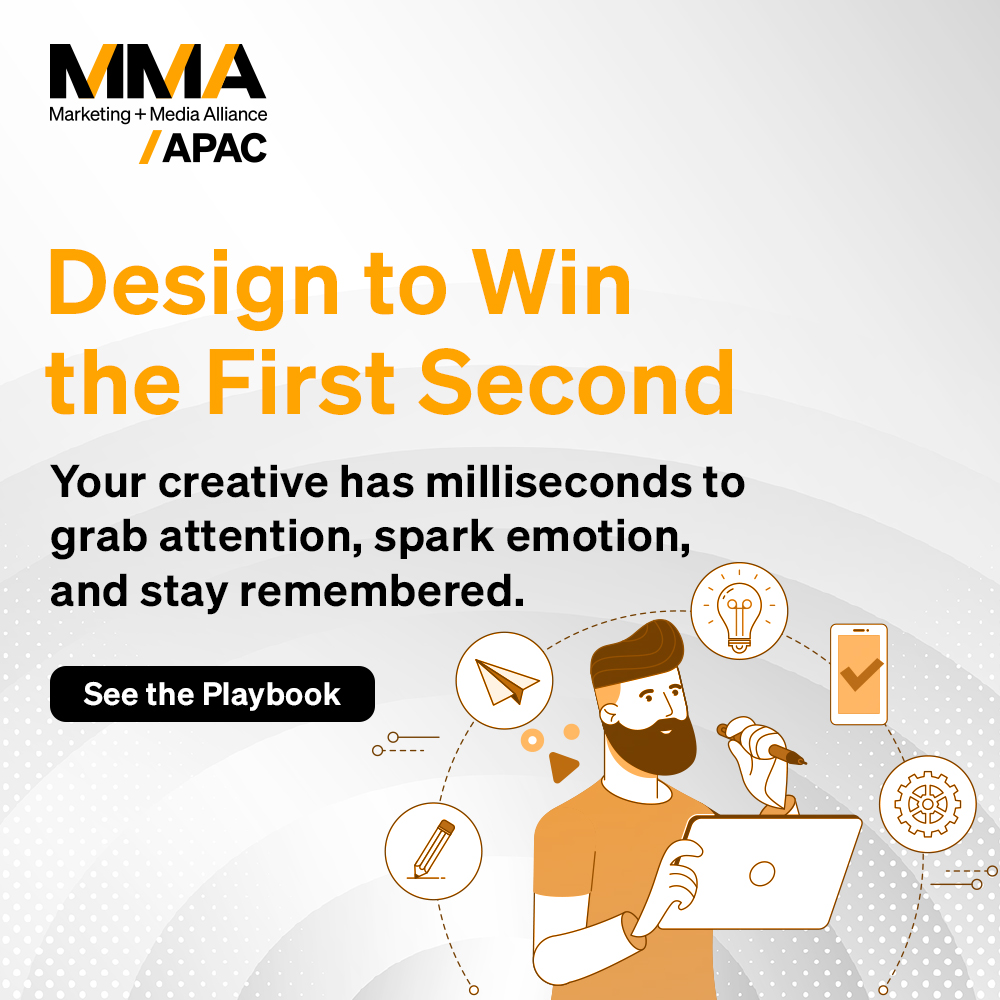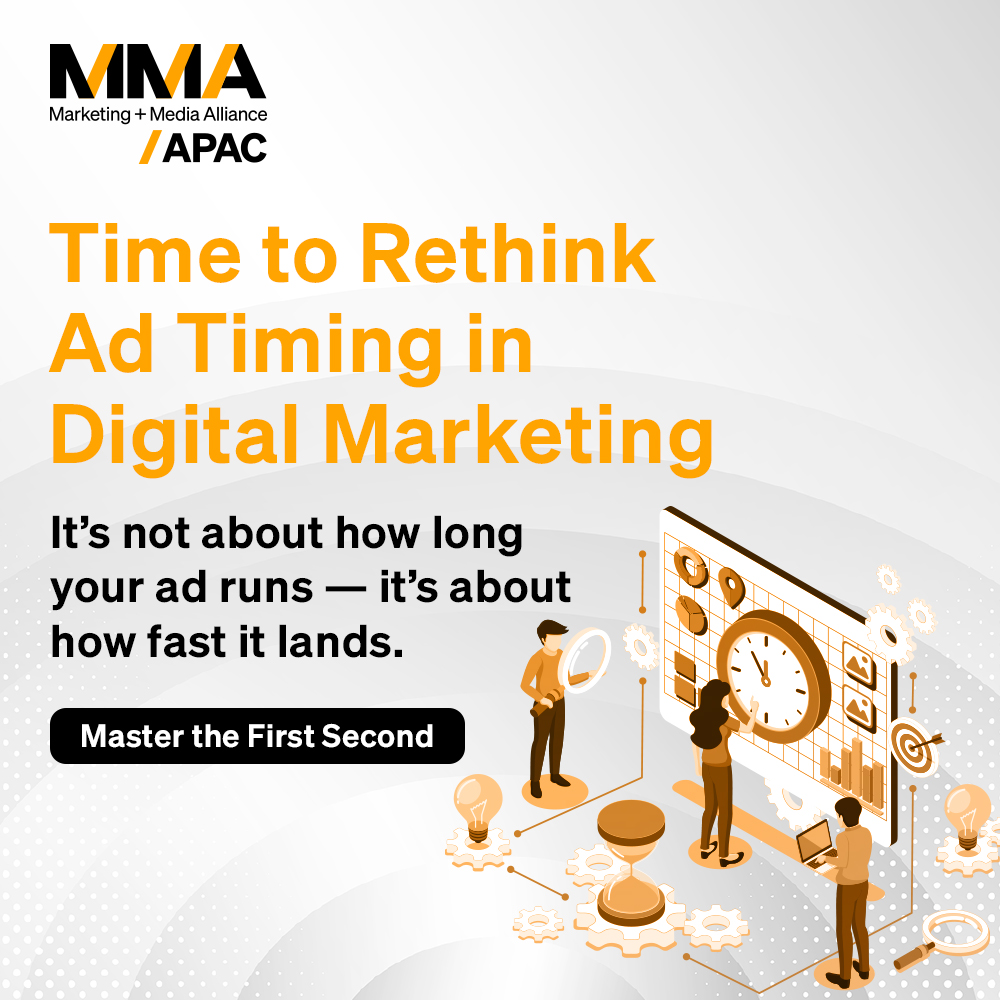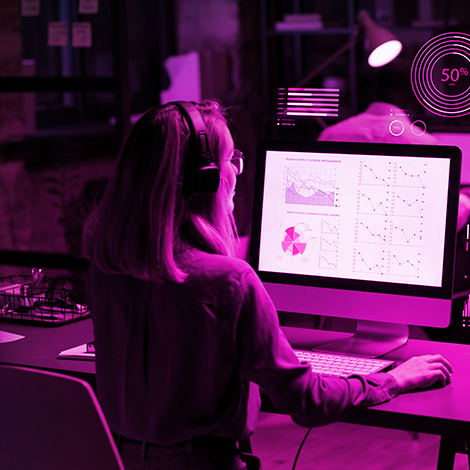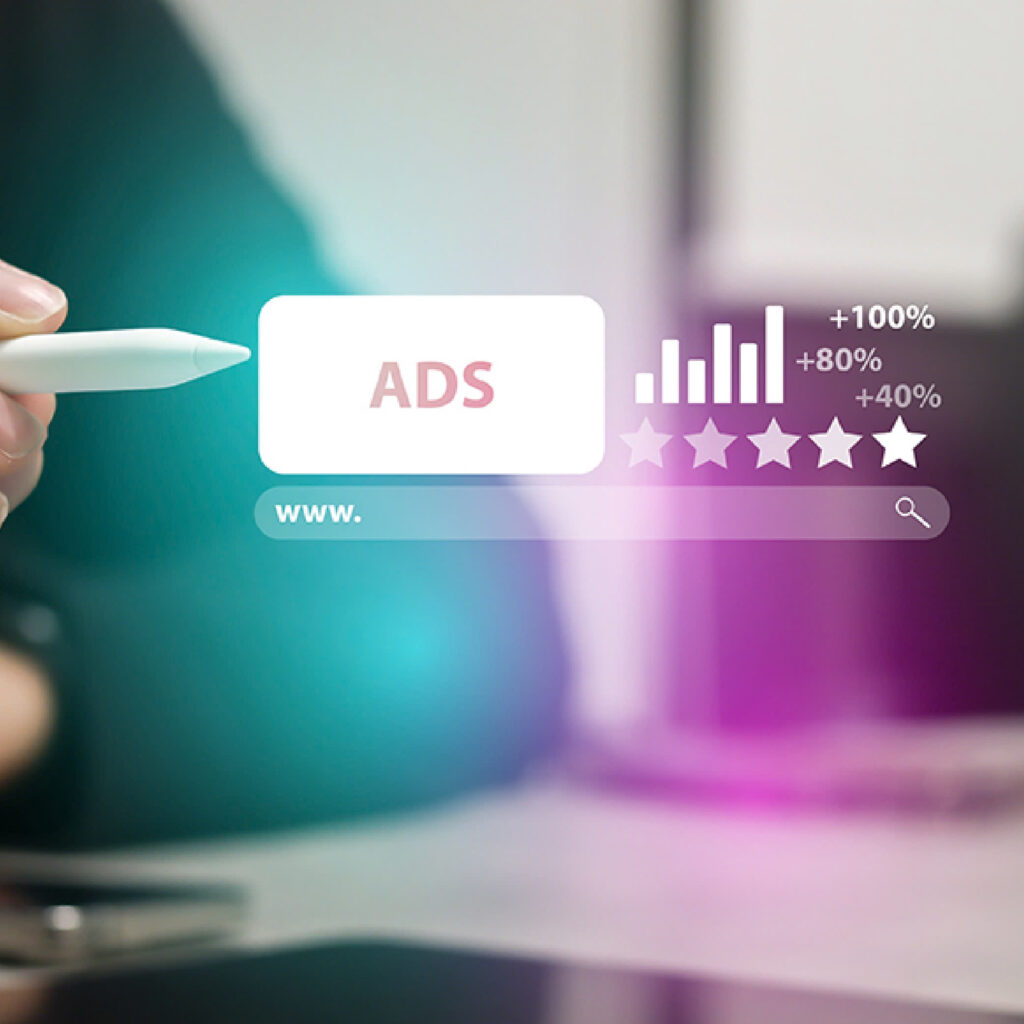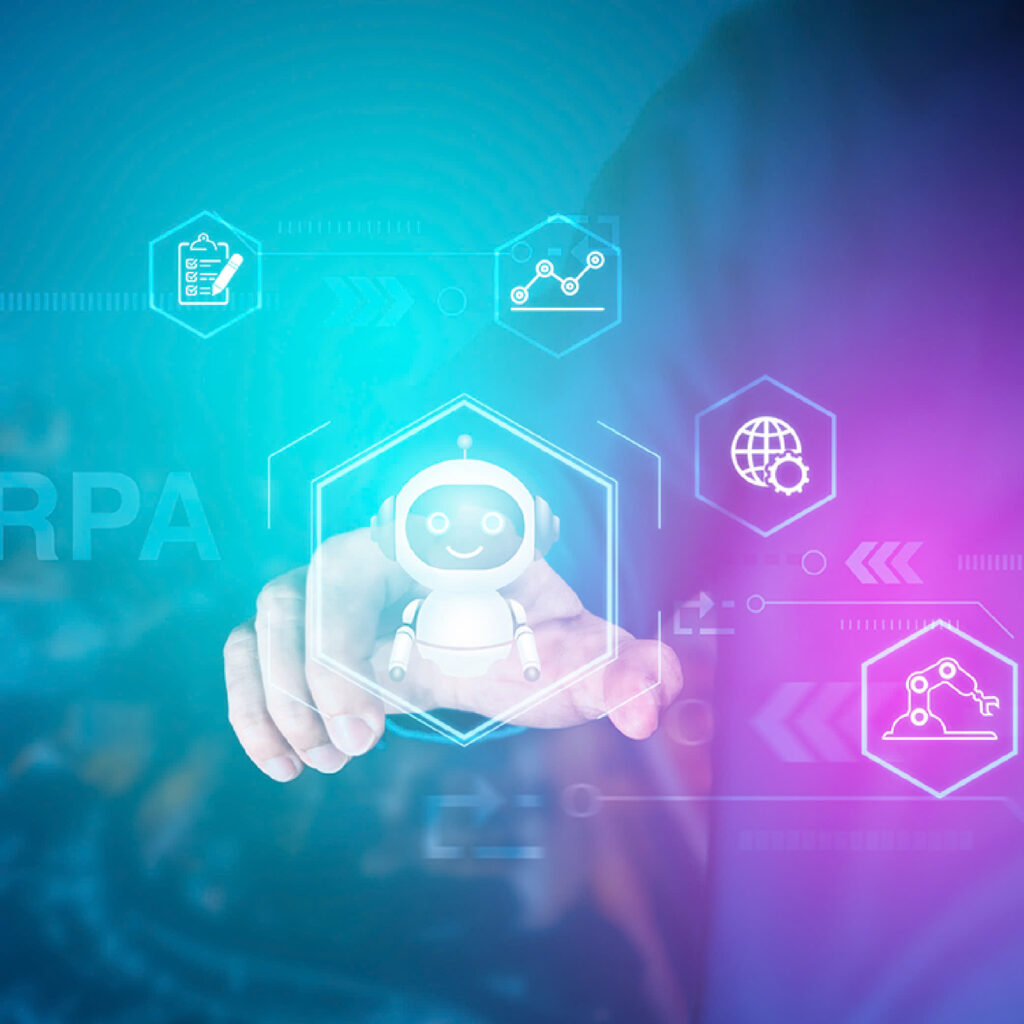
AI enables Unconventional Thinking
In 2024, AI is experiencing a significant surge, starting with transforming abstract concepts into tangible realities.
Collaboration with AI unlocks unbounded creativity. For instance, while mentioning “Catfish,” one might envision the literal fish, but AI transcends conventional thinking by envisioning a fusion of cat and fish, showcasing its capacity to think beyond conventional limits. Below are 2 examples of the power of Unconventional Thinking.

Source: AiSensum
Why is this important for marketers? We, as marketers, demand out of the box thinking of ourselves and our agency partners but all of us are constrained by our daily biases. So, a fish remains a fish and an eggplant remains the conventional eggplant. Ai might be the tool that helps unlock our unconventional thinking.
Quantity vs. Quality in Creative Production
The standard response would be, Duh! Both are important. The ongoing debate between prioritizing quantity versus quality in creative outputs is not just a topic of conversation but a significant consideration in the world of content creation and marketing. While some argue that quality should be the foremost concern, others believe that producing a high volume of work is key to unlocking creativity and innovation.
Quantity as a Driver of Quality
Research supports the idea that a higher volume of creative work often leads to refinement and higher quality outcomes over time. The principle of “ideaflow” suggests that generating a vast array of ideas increases the likelihood of producing standout works. Hence, embracing quantity can be a pathway to discovering quality.
Challenges in Generating a High Quantity of Creative Content
Most marketers, in the TV only era, were used to producing 2-5 pieces of content per year. With the digital era in full swing, marketers are now forced to produce multiple pieces of content. To adapt to this new era many marketers aim to produce a greater volume of their own content, with the aim of achieving viral status. The challenge here is the following
- Keeping up with current trends can be difficult.
- The process is time-consuming, involving manual ideation.
- There’s a limited capacity to produce content frequently and with diverse variations.
Marketing AI Driven Creative Production
AiSensum has come up with process flow as shown in the diagram below.

Source: AiSensum
STEP 1: Inputs
Marketing AI systems can be trained to analyze and generate many content ideas. The input given to these systems are as follows. Scraping from social media, websites and other public domains provide the necessary data for the AI algorithms.
- Culture: When analyzing culture we use Personas, their pain points and how each persona interacts with society in general.
- Competition: Learnings from competitors both in Indonesia and globally, and also across categories should be fed into the Marketing AI system.
- Trending Moments: The audio, social issues, terms etc., that can be used in content. Keeping our content trendy and in touch with the happenings across the world improve the chance of virality
- Brand Guidelines: The Marketing AI models also need to be fed brand guidelines to ensure brand consistency and safety.
STEP 2: Planning and Creation
The output of Step 1 are content ideas and a content calendar. In the above diagram we get content ideas for Tips and Tricks, Occasion and Trends and Content which highlights the product. There are several variations created by the AI system. Software, like Midjourney, is now used to visualize and create the content.

Source: AiSensum
STEP 3: Media Placement and Optimization

Source: AiSensum
In this step the content and its variations are first AB tested to arrive at the winning content. The winning content is then scaled up via Boost posts or Paid ad campaigns.
This 3-step process of using Marketing AI can help brands produce a larger volume of content, and the test and learn approach ensures that high quality content is produced. This method also improves the chance of content going viral.
Ensure Brand Safety in AI Content Creation
In today’s marketing landscape, AI-generated images and videos have become invaluable tools for efficiency and creativity. However, as we harness the power of AI in our marketing strategies, it’s crucial to ensure that these AI-generated visuals comply with legal and ethical guidelines.
- Copyright and privacy
Two key considerations are copyright and privacy. When an image is created using AI, clients own the copyright as long as there is a significant edit made by a human.

Source: AiSensum
Privacy concerns also come into play, especially regarding the platform used for AI image generation. For instance, on platforms like Midjourney, generated images may be publicly accessible unless users subscribe to privacy-enhancing plans such as Pro or Mega.
AI-generated images must be trained on, or generated from, authorized sources with proper permissions. AI cannot generate images from unauthorized sources unless it has been trained by humans.
- How to lower risk with AI?
To mitigate risks associated with AI-generated content, several strategies can be employed.
Firstly, conducting a reverse Google search on images before generating them with AI can help verify their legitimacy and source. Additionally, drawing inspiration from a brand’s own assets ensures alignment with the brand’s style and messaging, minimizing potential legal issues.

Source: AiSensum
Secondly, brands can use their own social media as a reference to train the AI for generating better output based on the brand’s own identity and brand guidelines.
In summary, while AI presents exciting opportunities for marketing innovation, it is essential to approach its use responsibly, ensuring adherence to copyright laws and privacy standards. By adopting proactive measures and best practices, marketers can leverage AI’s capabilities while safeguarding against potential risks.






